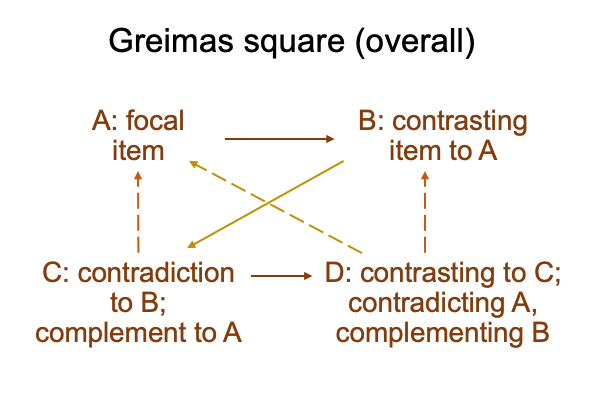0001 The full title of the article before me is “St. Thomas Aquinas and St. John Paul II on the State of Original Innocence”. The work is published online by the journal Studia Gilsoniana 12(4) (October-December 2023), pages 617-634. The work is brief, a mere seventeen pages.
0002 Indeed, I suspect that this examination will be far more extravagant, in the same way that twentieth century American advertising transforms a winter celebration of the birth of Christ into a two month bazaar hawking any item that can be purchased and given to a loved one (who, praise God, will be too embarrassed to return it). Like scented body wash.
0003 Modern Americans already practice a theology of the gift.
Modern Americans already practice a theology of the body.
And, the enterprise makes even the angels laugh, because it is a parody of every grace that it proclaims, in the same way that original sin is a parody of original justice… or… as certain Protestants would have it… total depravity is a parody of total innocence. What is “original” in one Christian schema is “total” in another.
0004 In this thought-piece, theologian Brandon Wanless aims to demonstrate how Pope John Paul II, in his proclamation, Man and Woman He Created Them: A Theology of the Body, takes the theology of Thomas Aquinas as a platform, a soap-box, if you will, to stand upon while formulating a judgment. An honest, contemplative, Christian intellect (relation) brings the what is of original innocence into relation with the what ought to be of the ethnos of the gift.

0005 Ethnos?
Is that the same as “ethos”?
“Ethnos” is a term that appears in the discipline of political theology, around 2006, the same time as when the English translation of John Paul II’s commentary on Humanae Vita (1968) is released for publication. The term is coined by Russian philosopher, Alexander Dugin. “Ethnos” is the people that we once were, but cannot return to being. “Ethnos” contrasts with the Russian word, “narod”, which is who we once were, before political theories turned us into a “people”.
0006 What does this imply?
The term, “ethnos”, is an element in a Greimas square. A Greimas square is a purely relational structure consisting of four terms. As it turns out, the Greimas square is useful in appreciating how one spoken word differs from other spoken words.
Here are the four elements, along with the rules of the Greimas square.

0007 Looking at Michael Millerman’s Chapter (2022) “…Dimensions of Dugin’s Populism”, appearing in Razie Mah’s blog, February 16-28, 2023, elaborates the “ethnos” as an element in a Greimas square.
Here is a picture.

0008 The focal term (A), for political theology, is “the people“, as in the slogan, “We, the People…”.
0009 Various political theories (B) contrast with the people (A), even as they (B) try to define it (A) according to various explicit abstractions. These explicit abstractions become bound in a religion, of sorts. The label is awarded the postfix, “-ism”. “Communism” and “capitalism” are good examples.
0010 The being (C) that speaks against (literally “contra” and “diction”) B is difficult to define. It is pre-political, at least, pre-modern political theory. The narod is where where a man marries a woman and they have children. They live in villages, or maybe, towns. The “narod” reminds me of first title in John Paul II’s theology of the body. The relational nature of the family is addressed in the First and Second Primers on the Organization Tier and A Primer on the Family, by Razie Mah, available at smashwords and other e-book venues.
The narod (C) belongs to our current Lebenswelt.
0011 Finally, the ethnos (D) contrasts with the narod (C), because it is the narod before the first singularity. The ethnos is the narod in the Lebenswelt that we evolved in. As such, it speaks against the people (A) who are framed by various political -isms (B). The people can never return to the ethnos. The ethnos is the condition of total innocence.
And yet, a return to the original innocence (D) is weirdly what every political theory (B) promises.
0012 How crazy is that?
